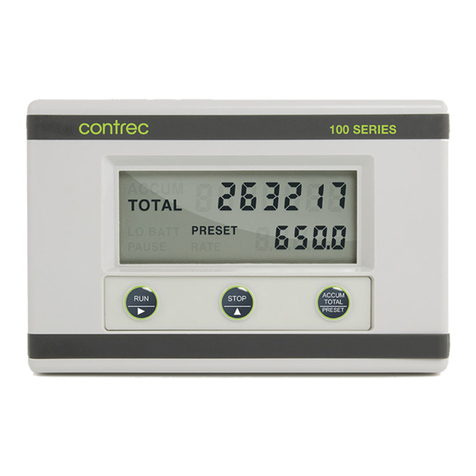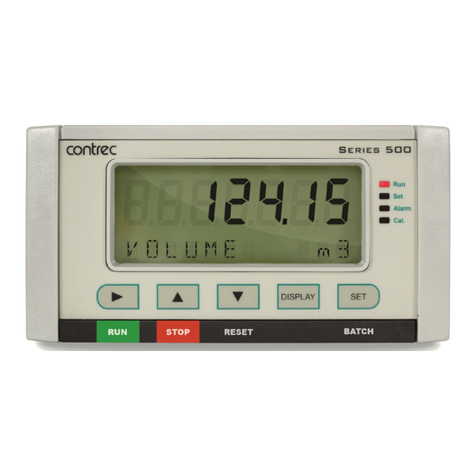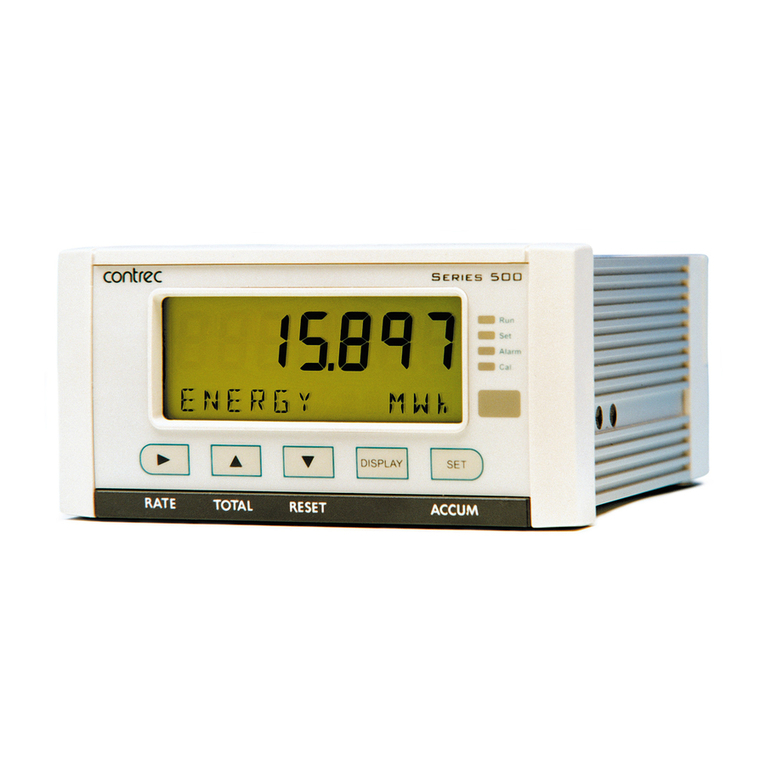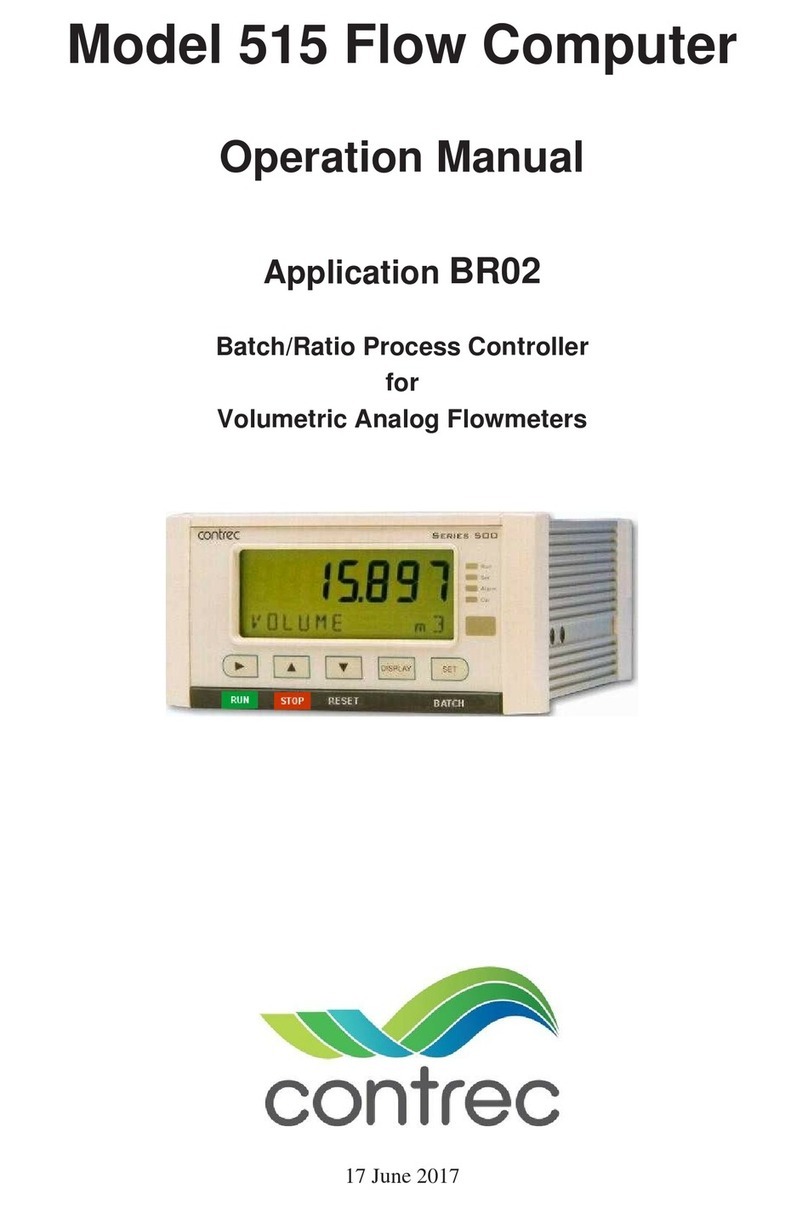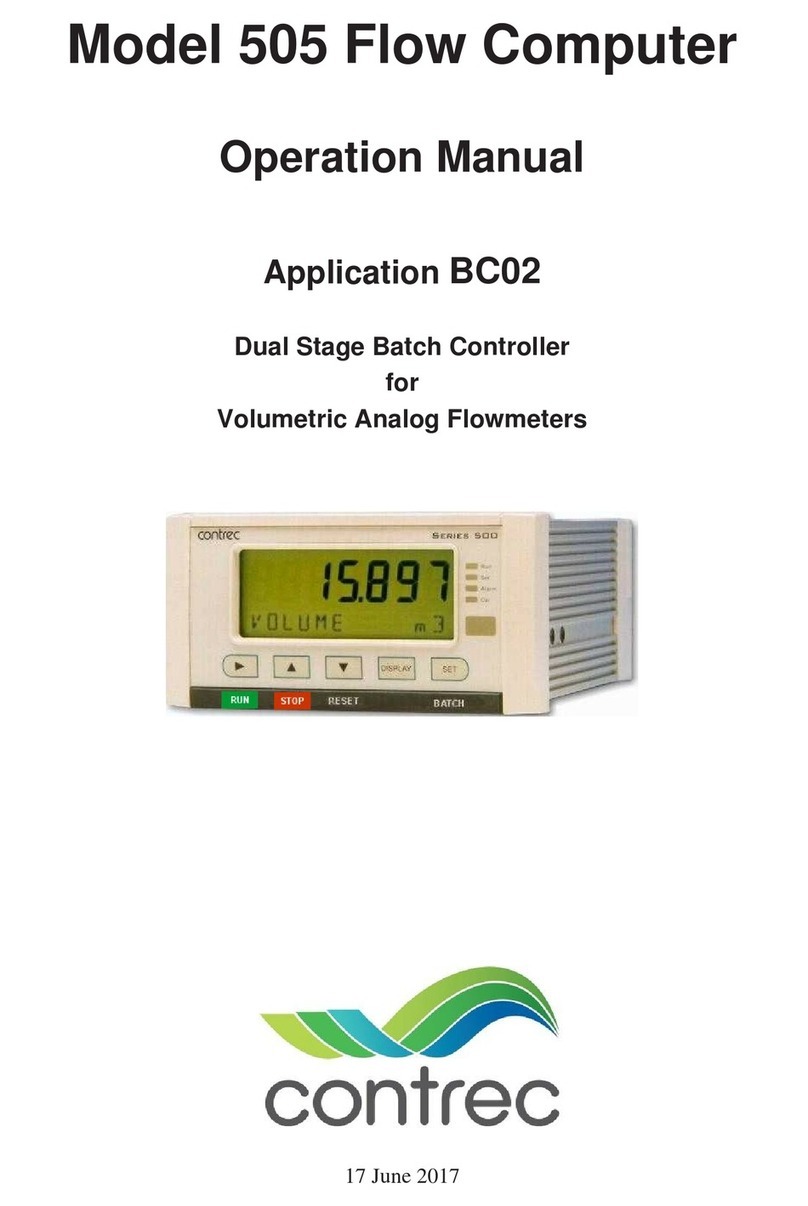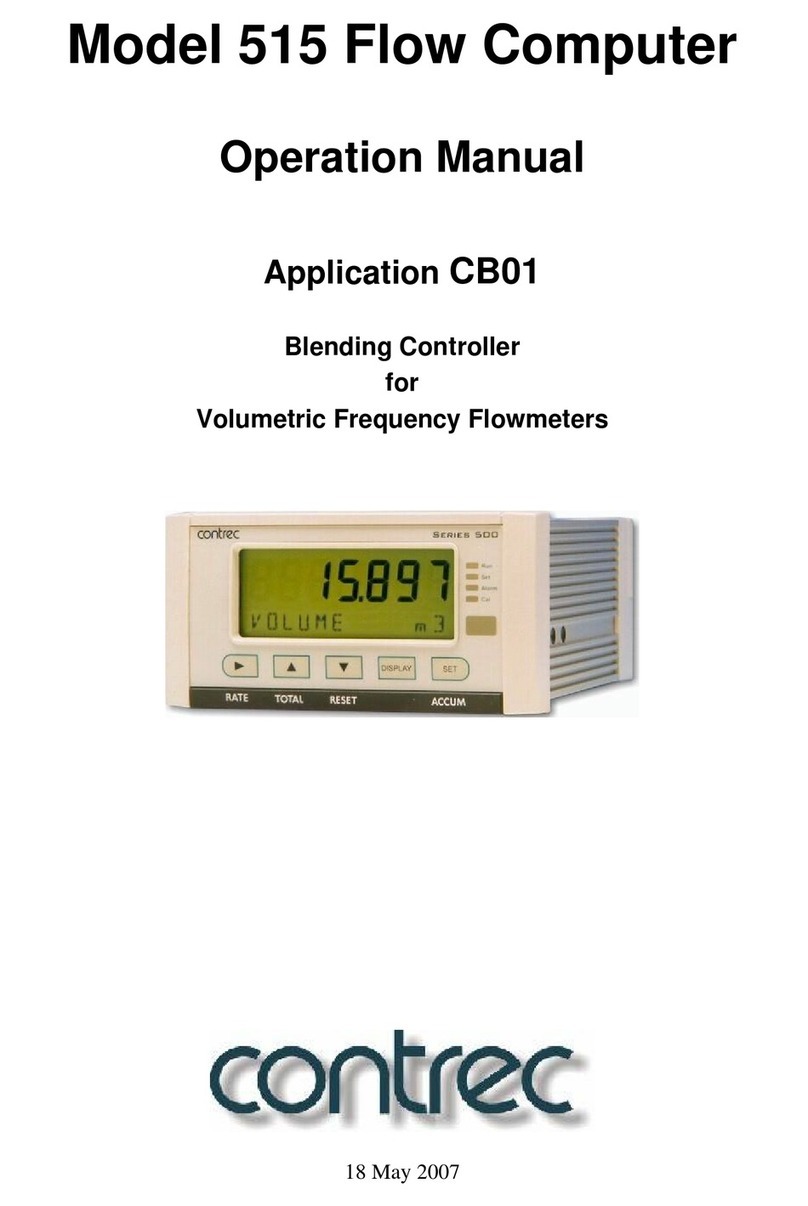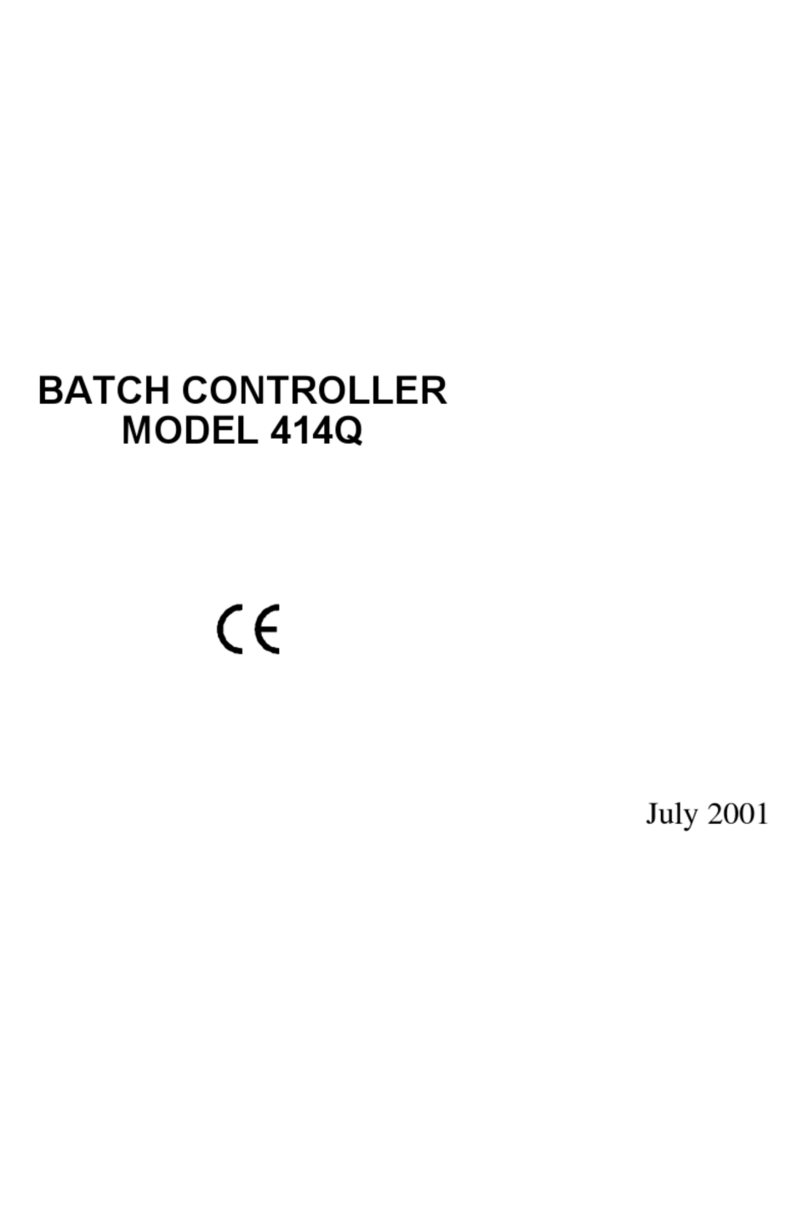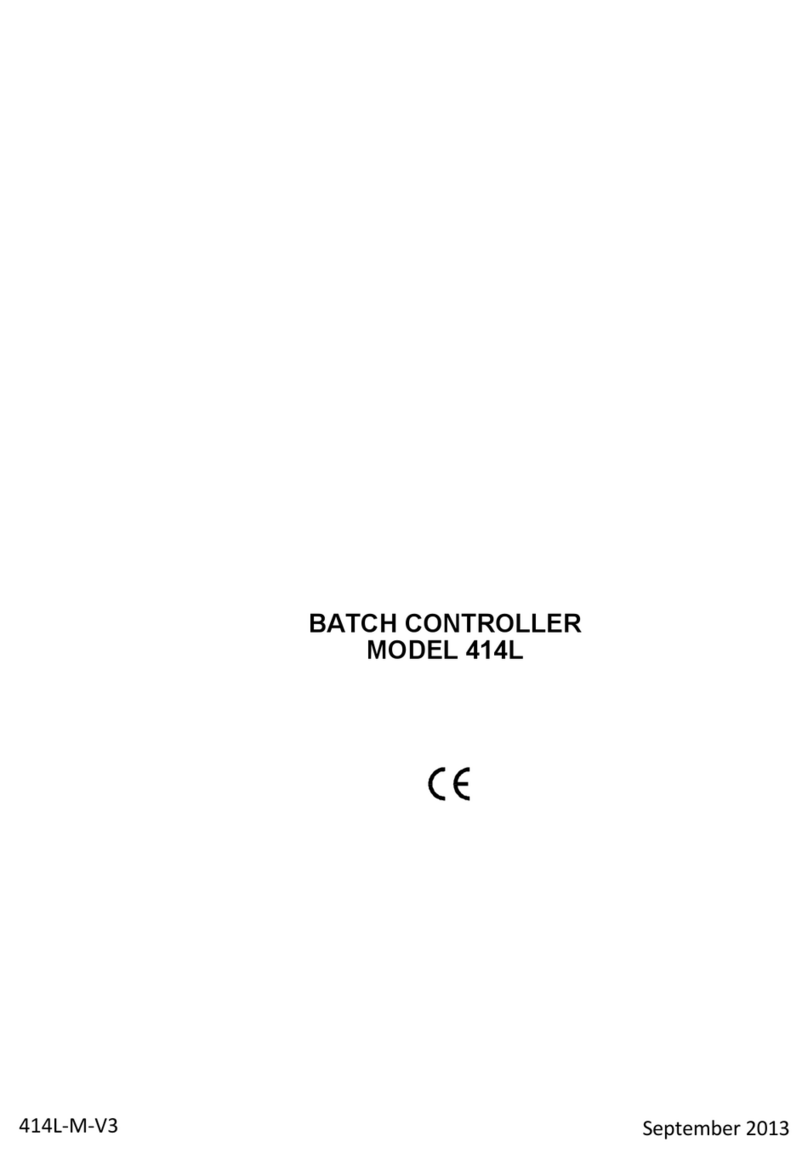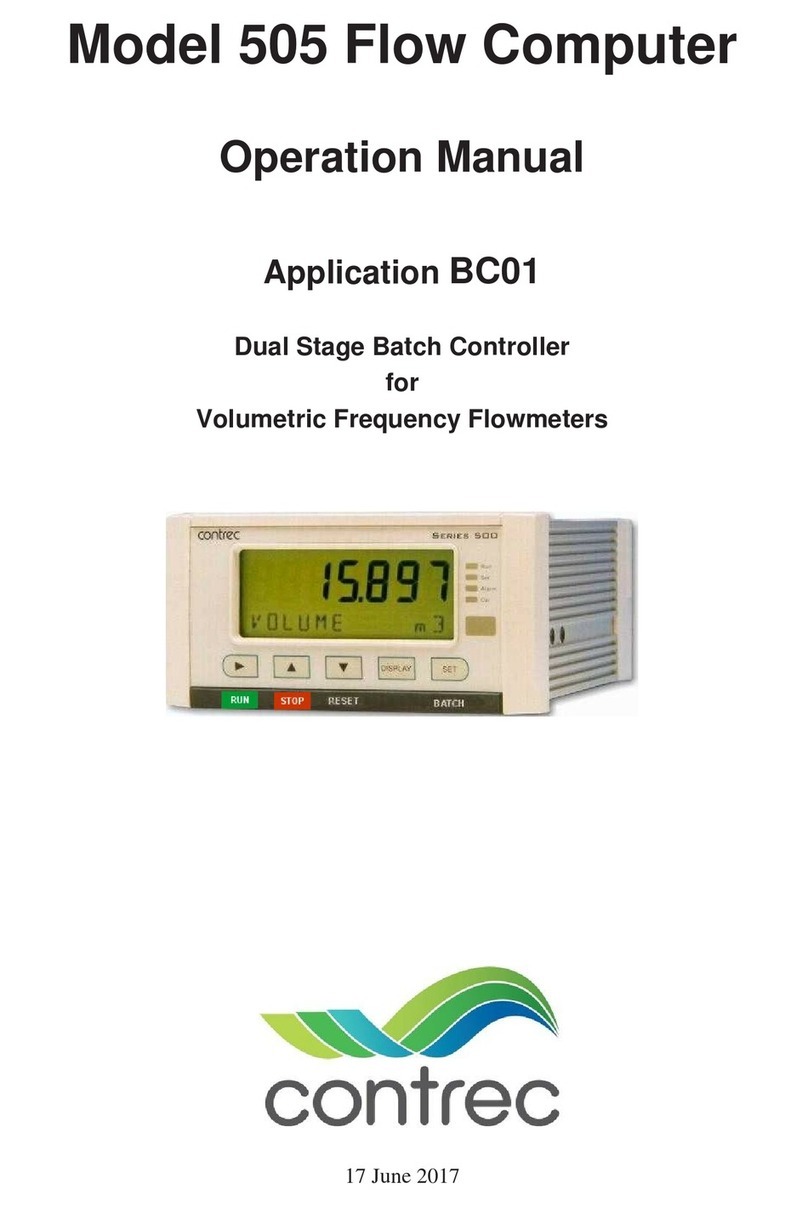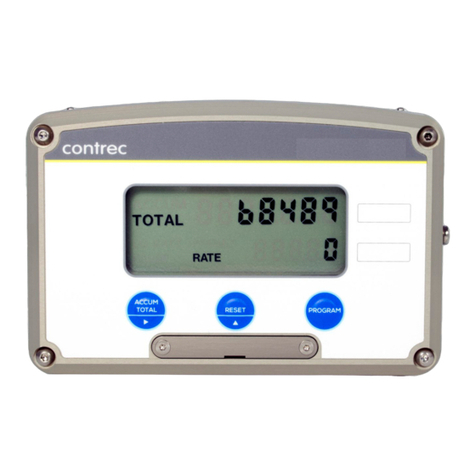
v i 515 BR03 - 15 August 2021
Battery Type . . . . . . . . . . . . . . . . . . . . . . . . . . . . . . . . . . . . . 20
4 Operation
Front Panel Operation . . . . . . . . . . . . . . . . . . . . . . . . . . . . . . . . . . 21
Default Variable . . . . . . . . . . . . . . . . . . . . . . . . . . . . . . . . . . . 22
Status LEDs . . . . . . . . . . . . . . . . . . . . . . . . . . . . . . . . . . . . . . 22
Front Panel Keys . . . . . . . . . . . . . . . . . . . . . . . . . . . . . . . . . . . 22
Main Menu Items . . . . . . . . . . . . . . . . . . . . . . . . . . . . . . . . . . . 23
Detail and Basic Menu . . . . . . . . . . . . . . . . . . . . . . . . . . . . . . . . 24
Setting the Batch Preset . . . . . . . . . . . . . . . . . . . . . . . . . . . . . . . 24
Setting the Flow Control Setpoints . . . . . . . . . . . . . . . . . . . . . . . . . . 25
Data Logs . . . . . . . . . . . . . . . . . . . . . . . . . . . . . . . . . . . . . . . 25
Model Information . . . . . . . . . . . . . . . . . . . . . . . . . . . . . . . . . . 26
Flow Control Modes . . . . . . . . . . . . . . . . . . . . . . . . . . . . . . . . . . . 27
Tuning the Control Loop . . . . . . . . . . . . . . . . . . . . . . . . . . . . . . . 30
Batch Operation Modes . . . . . . . . . . . . . . . . . . . . . . . . . . . . . . . . . 31
Preset Mode . . . . . . . . . . . . . . . . . . . . . . . . . . . . . . . . . . . . . . 31
On-Off Mode . . . . . . . . . . . . . . . . . . . . . . . . . . . . . . . . . . . . . 32
Release Mode . . . . . . . . . . . . . . . . . . . . . . . . . . . . . . . . . . . . . 32
Batch Operation . . . . . . . . . . . . . . . . . . . . . . . . . . . . . . . . . . . . . 33
Operation Configurations . . . . . . . . . . . . . . . . . . . . . . . . . . . . . . . 33
Safety and Security . . . . . . . . . . . . . . . . . . . . . . . . . . . . . . . . . . 34
Starting a Batch . . . . . . . . . . . . . . . . . . . . . . . . . . . . . . . . . . . . 34
Stopping a Batch . . . . . . . . . . . . . . . . . . . . . . . . . . . . . . . . . . . 34
Resetting a Batch . . . . . . . . . . . . . . . . . . . . . . . . . . . . . . . . . . . 35
Printing a Delivery Docket . . . . . . . . . . . . . . . . . . . . . . . . . . . . . . 35
Logic Input Control . . . . . . . . . . . . . . . . . . . . . . . . . . . . . . . . . 35
Batch Flow Errors . . . . . . . . . . . . . . . . . . . . . . . . . . . . . . . . . . . 36
Batch Control Processes . . . . . . . . . . . . . . . . . . . . . . . . . . . . . . . 36
5 Instrument Calibration
Introduction . . . . . . . . . . . . . . . . . . . . . . . . . . . . . . . . . . . . . . . 39
Calibration View Mode . . . . . . . . . . . . . . . . . . . . . . . . . . . . . . . . . 40
Calibration Set Mode . . . . . . . . . . . . . . . . . . . . . . . . . . . . . . . . . . 40
Changing the Instrument Settings . . . . . . . . . . . . . . . . . . . . . . . . . . 42
Program Backup & Reports . . . . . . . . . . . . . . . . . . . . . . . . . . . . . . . 43
Backup via 500 Series Program Manager . . . . . . . . . . . . . . . . . . . . . . 43
Printing Configuration Report . . . . . . . . . . . . . . . . . . . . . . . . . . . . 43
Upload and Clone of Application Software . . . . . . . . . . . . . . . . . . . . . 43
Calibration Menu Tree . . . . . . . . . . . . . . . . . . . . . . . . . . . . . . . . . . 44
Instrument Settings . . . . . . . . . . . . . . . . . . . . . . . . . . . . . . . . . . . . 46
Units of Measurement . . . . . . . . . . . . . . . . . . . . . . . . . . . . . . . . 46
Parameters . . . . . . . . . . . . . . . . . . . . . . . . . . . . . . . . . . . . . . 47
Inputs . . . . . . . . . . . . . . . . . . . . . . . . . . . . . . . . . . . . . . . . . 51
Outputs . . . . . . . . . . . . . . . . . . . . . . . . . . . . . . . . . . . . . . . . 54
Alarms . . . . . . . . . . . . . . . . . . . . . . . . . . . . . . . . . . . . . . . . 57
Communications . . . . . . . . . . . . . . . . . . . . . . . . . . . . . . . . . . . 59
Time Settings and Data Logging . . . . . . . . . . . . . . . . . . . . . . . . . . . 60
